There's something truly magical about hydrangeas blooming in the garden. Those magnificent clusters of blue and pink flowers can transform any outdoor space into an enchanting retreat. If you've ever wondered how to care for these beautiful plants to achieve those stunning blue and pink shades, you've come to the right place. Growing vibrant hydrangeas isn't as complicated as it might seem - it's all about understanding their basic needs and making a few simple adjustments.
Let's start with the most fascinating aspect of these plants - their ability to change color. This incredible transformation isn't magic, but science! The color of hydrangea flowers depends largely on the soil's pH level and the availability of aluminum in the soil. For blue hydrangeas, you need acidic soil with a pH between 5.2 and 5.5. The aluminum in the soil becomes available to the plant in these acidic conditions, resulting in those gorgeous blue blooms. Pink hydrangeas prefer more alkaline soil with a pH around 6.0 to 6.2. In these conditions, aluminum isn't as available to the plant, leading to pink flowers.
Testing your soil is the crucial first step. You can find simple soil testing kits at any garden center or online. This will tell you exactly what you're working with and help you determine what adjustments you might need to make. If you're aiming for blue flowers but have alkaline soil, you'll need to lower the pH. Garden sulfur or aluminum sulfate can help achieve this. For pink flowers in acidic soil, you'll want to raise the pH using garden lime. Remember to make these changes gradually and retest your soil periodically to monitor the pH levels.

Now that we understand the color science, let's talk about the fundamentals of hydrangea care. Proper planting sets the stage for everything that follows. Most hydrangeas prefer morning sun and afternoon shade, especially in hotter climates. The intense afternoon sun can scorch their beautiful leaves and flowers. When planting, choose a spot that gets about 4-6 hours of sunlight daily, preferably with protection from harsh afternoon rays.
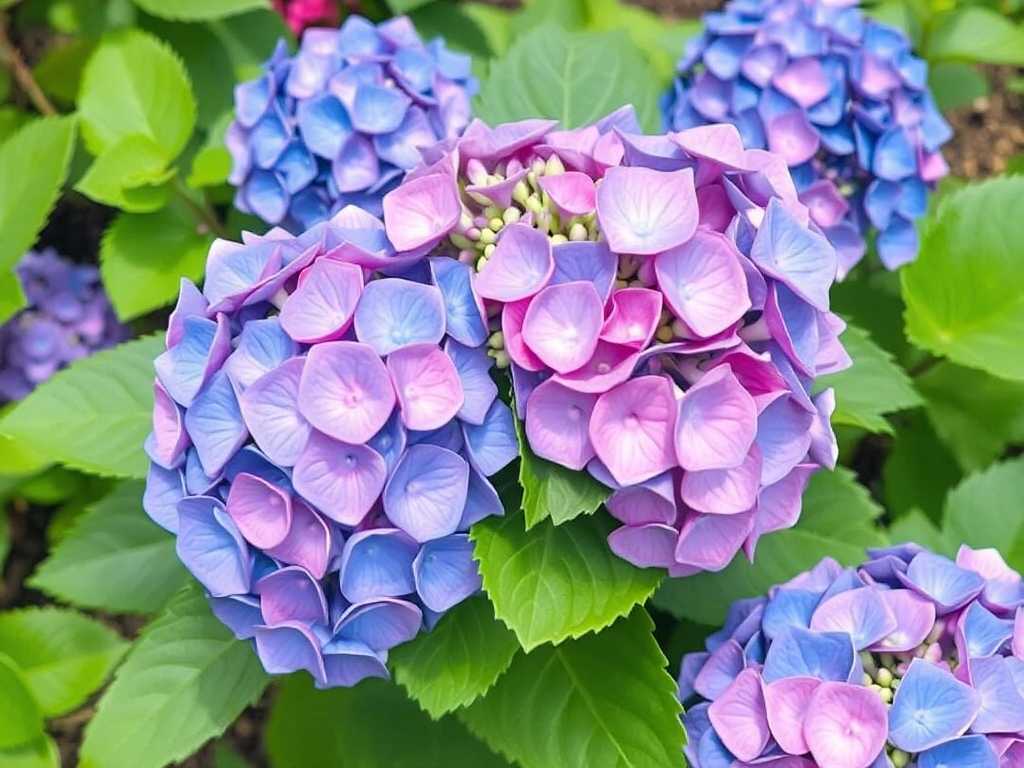
Dig a hole that's about twice as wide as the root ball but no deeper. Hydrangeas have shallow root systems that spread outward rather than downward. Mix some compost or well-rotted manure into the soil you removed to enrich it. Place your plant in the hole, making sure the top of the root ball is level with the surrounding soil. Backfill with your enriched soil, water thoroughly, and apply a layer of mulch around the base. Mulching helps retain moisture and keeps roots cool - both things hydrangeas love!
Watering is where many gardeners face challenges with hydrangeas. These plants are famously thirsty, but they don't like having "wet feet." The goal is to keep the soil consistently moist but not waterlogged. During hot summer months, you might need to water every other day or even daily if temperatures are particularly high. A good rule of thumb is to water deeply when the top inch of soil feels dry. Early morning watering is ideal as it allows leaves to dry during the day, reducing the risk of fungal diseases.
If you notice your hydrangeas wilting during the heat of the day, don't panic! This is often their way of conserving water. Check the soil moisture first before reaching for the hose. If the soil is moist, they'll likely perk up as temperatures cool in the evening. If the soil is dry, it's time for a good, deep watering.
Feeding your hydrangeas properly supports both healthy growth and vibrant colors. Use a balanced, slow-release fertilizer in early spring as new growth appears. For blue hydrangeas, look for fertilizers formulated for acid-loving plants. These often contain additional aluminum to enhance blue coloring. For pink varieties, a fertilizer with higher phosphorus content can help prevent aluminum uptake, maintaining those beautiful pink tones. Avoid high-nitrogen fertilizers as they can promote leafy growth at the expense of flowers.
Pruning can seem confusing because it depends on what type of hydrangea you have. Most blue and pink varieties are bigleaf hydrangeas (Hydrangea macrophylla), which bloom on old wood. This means they form their flower buds in late summer for the following year. Prune these immediately after they finish flowering in summer, removing spent blooms and any dead or weak stems. If you prune in spring, you might accidentally remove the flower buds! If you're unsure about your hydrangea type, observe when it flowers and whether the buds form on new or old growth.
Winter protection is important, especially in colder climates. Since bigleaf hydrangeas form their flower buds in fall, protecting these buds through winter ensures a spectacular show next summer. After the first hard frost, mound bark mulch, pine needles, or straw around the base of the plant. In very cold areas, you might also wrap the plant in burlap. Remove this protection in spring after the danger of hard frost has passed.
Even with perfect care, you might encounter some common issues. Yellowing leaves often indicate watering problems - either too much or too little. Brown leaf edges can result from fertilizer burn or insufficient water. If your plant isn't flowering, the most common culprits are improper pruning, inadequate winter protection, or too much shade.
Pests like aphids and spider mites can sometimes bother hydrangeas, but they're rarely serious. A strong spray of water usually dislodges them. For persistent problems, insecticidal soap is an effective treatment. Powdery mildew might appear as a white coating on leaves, especially in humid conditions with poor air circulation. Proper spacing and morning watering can help prevent this.
If you're growing hydrangeas in containers, the same principles apply, but you have more control over soil conditions. Use a quality potting mix and choose containers with good drainage. Container plants need more frequent watering and feeding since nutrients wash out more quickly. For color control, you can easily adjust the soil pH in containers using the amendments we discussed earlier.
The journey to spectacular blue and pink hydrangeas is incredibly rewarding. It might take a season or two to achieve your desired colors, especially if you're making significant soil adjustments. Be patient and consistent with your care. Keep notes about what works in your garden - every location has its unique conditions.
Remember that gardening is both science and art. While these guidelines will set you on the right path, don't be afraid to experiment and learn from your plants. They'll tell you what they need if you pay attention. Happy gardening, and may your hydrangeas bring you seasons of breathtaking beauty!
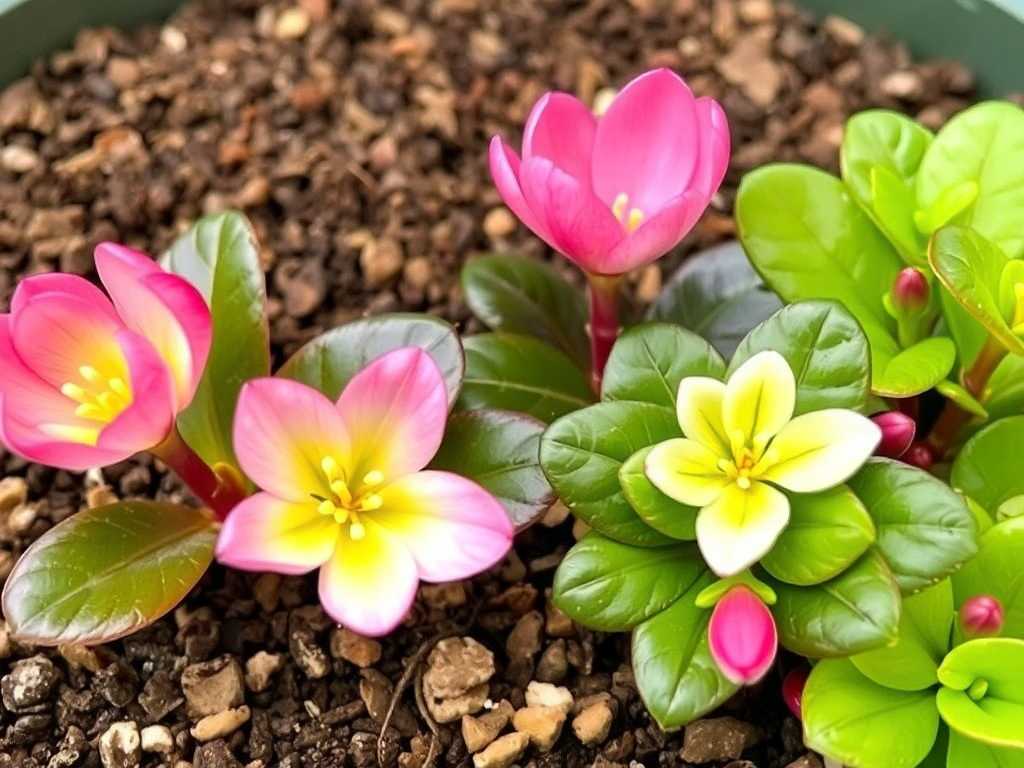
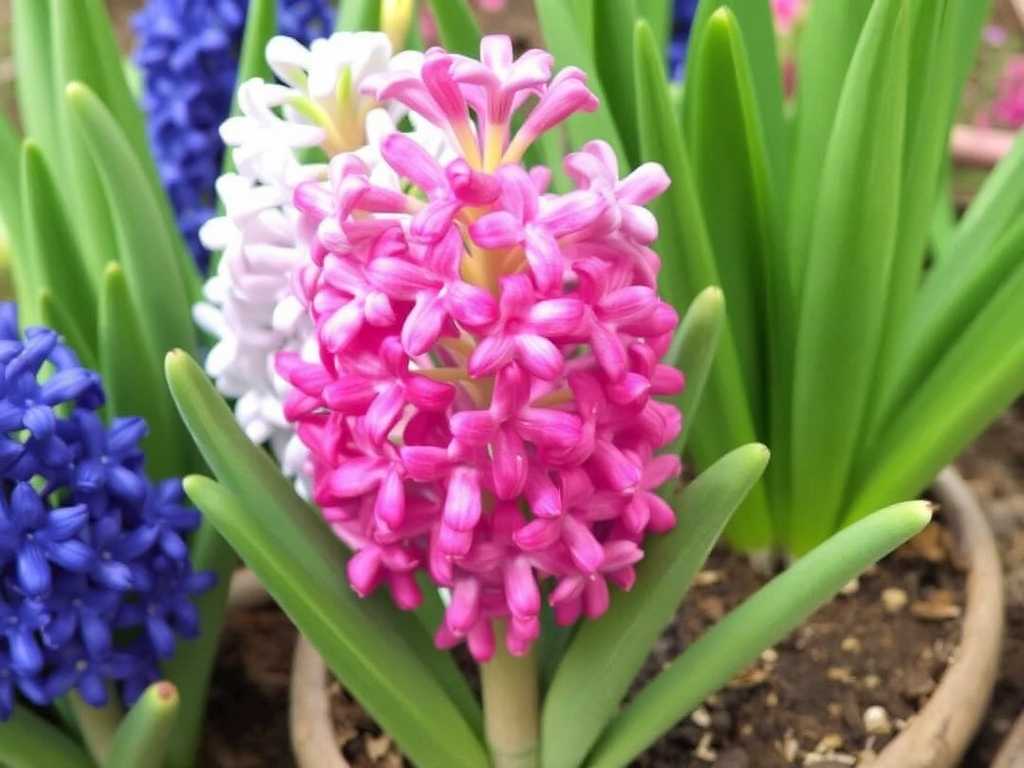
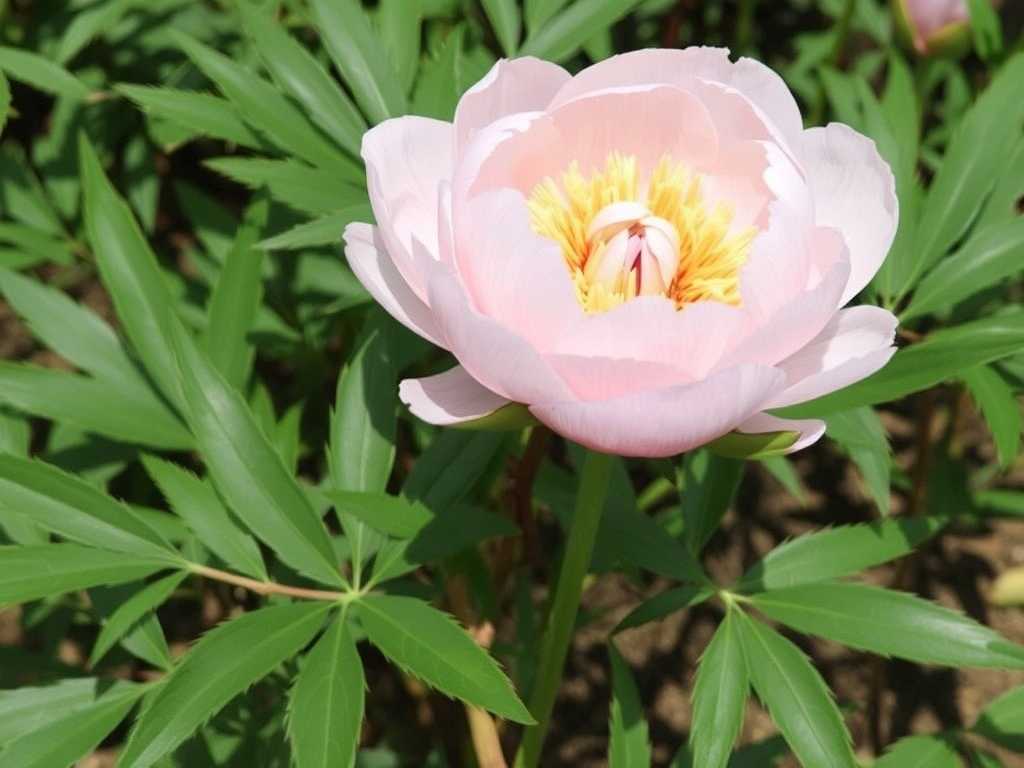

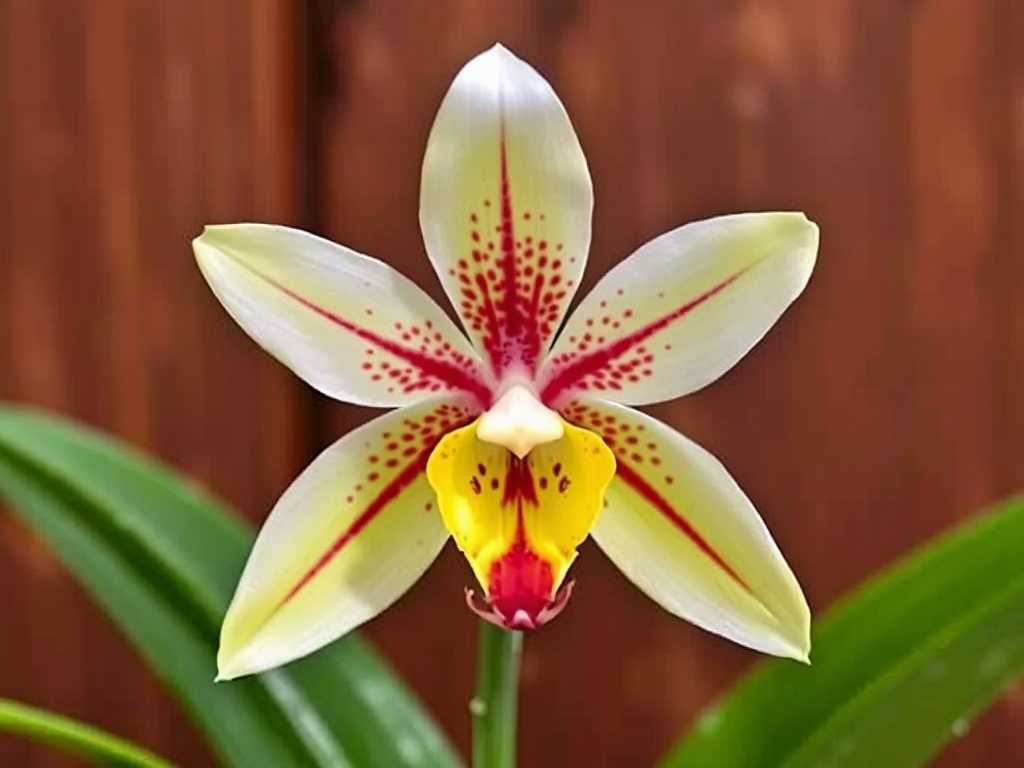
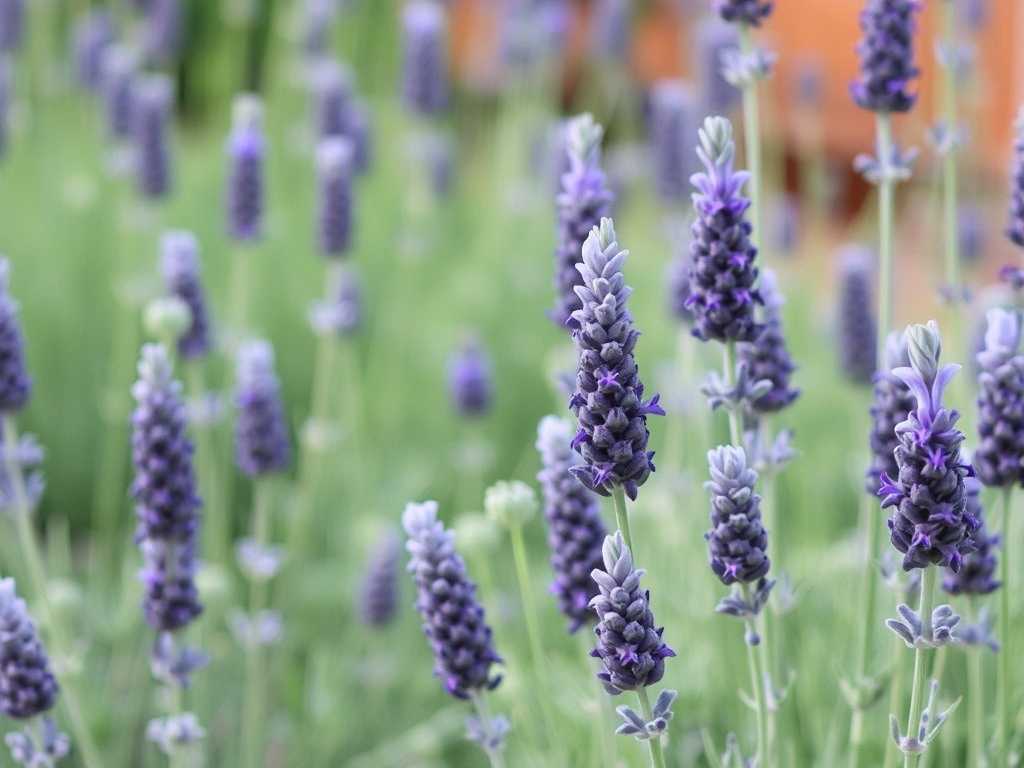
发表评论